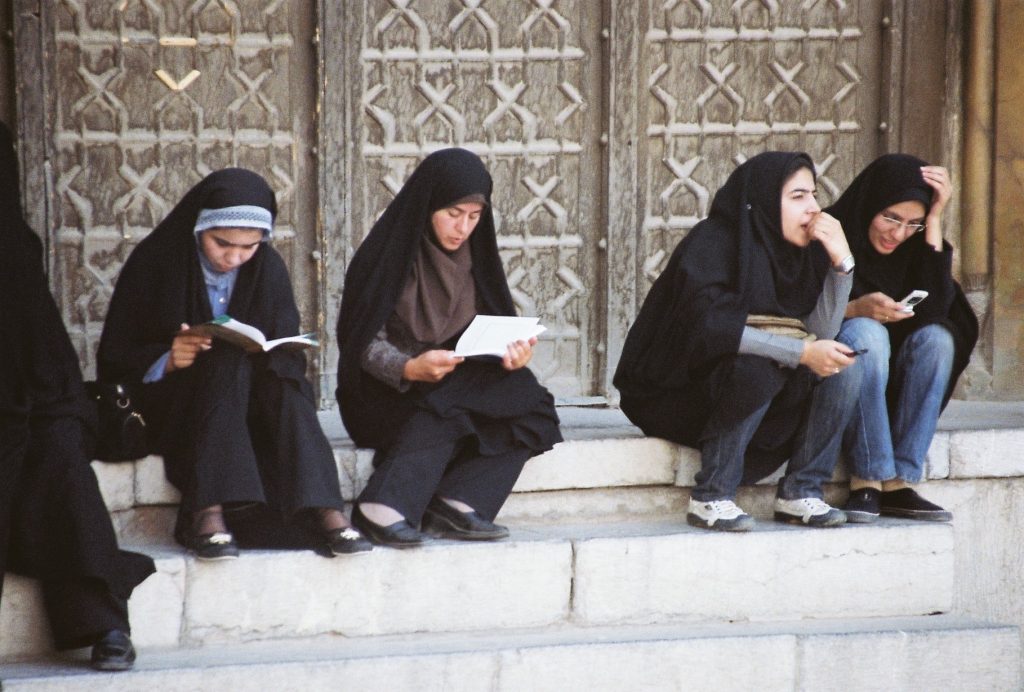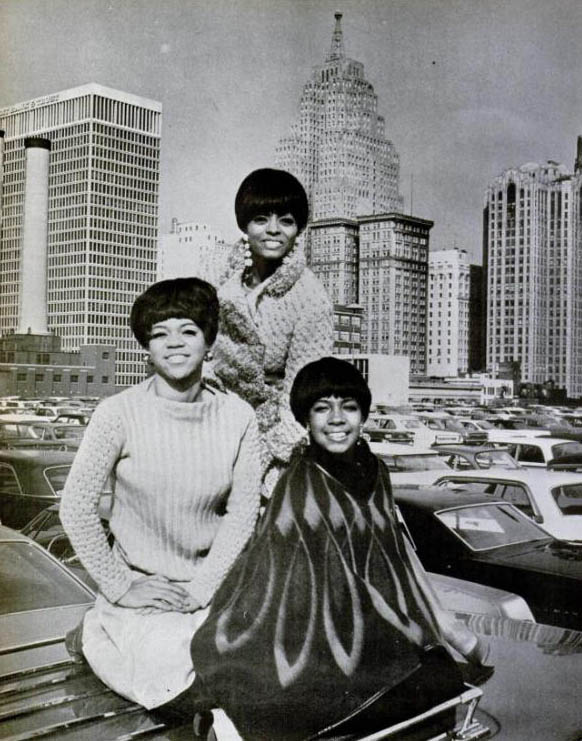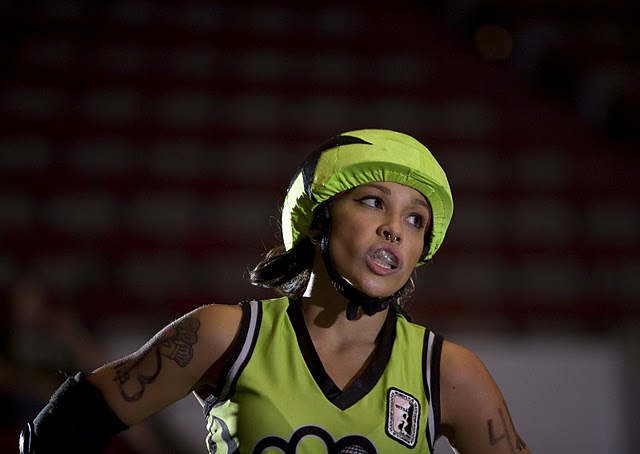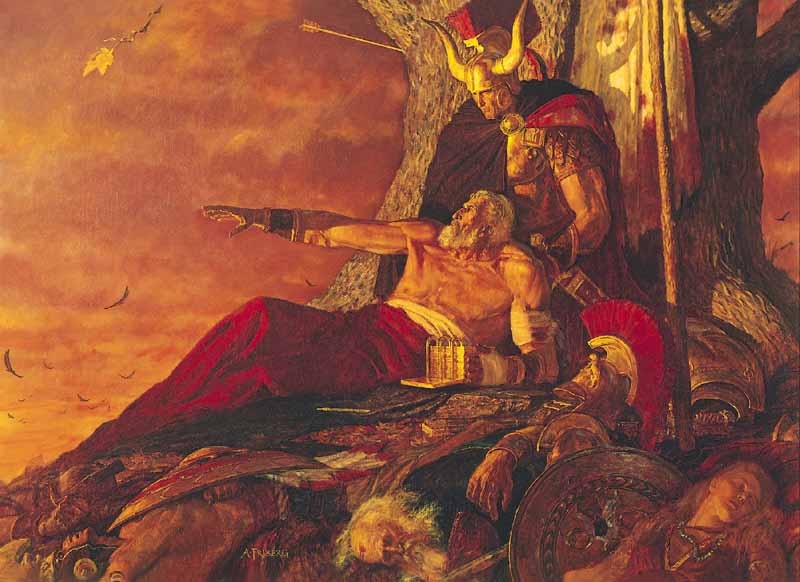Photos with commentary by Christopher Thornton excerpted from MQR 49:1 – IRAN TODAY.
The guard was circulating through the halls to announce that it was closing time, but it was only 4:45—fifteen minutes should have been left for stragglers to wander. But he was insistent, and as soon as I stepped outside I found out why. Normally a busy intersection in a nondescript section of a largely nondescript city, the corner of Fatemi and Kargar avenues in front of the National Carpet Museum of Tehran was shrouded in tear gas. The shouting of protestors could be heard on the other side of the bushes that separated the museum from the street, and for an instant the club of a riot policeman appeared above the hedge before it vanished in a downward arc. My guide appeared, holding a plastic trash bag. He told me to hold it over my face, and we threaded through knots of protestors, their eyes red and faces running with tears. In the center of the crowd an old woman in a black chador was shouting in a frenzy. The other protestors looked on, startled.

“What’s she saying?” I asked.
“She’s cursing the government,” my guide replied.
“But what’s she saying?”
He fumbled for a translation. “ ‘Sons of bitches! Beating your own people!’”
This was in mid-June, just a few days after the election that saw the presidency of Mahmoud Ahmedinejad restored with almost two-thirds of the vote—if anyone believed the official count. Already the riots had claimed victims at Tehran University, where hundreds of demonstrators had been arrested, and there were reports of students being hurled out of seventh-floor dormitory windows. Since then protestors have taken to the streets in large numbers on more than one occasion. November 4, normally a day for chants of “Death to America!” to celebrate the 1979 takeover of the US embassy, there was a parallel protest, with tens of thousands of Iranians chanting “Death to the dictator!” and stepping on posters of Supreme Leader Ayatollah Khameini that had been torn off storefronts and the sides of buildings. On December 28, the Shiite holy day of Ashura, thousands of protesters rioted in the street, and Ali Habib Mousavi, nephew of defeated presidential candidate Nur Hossein Mousavi, was gunned down in what the government called a terrorist attack. But it was only after the June election that the fissures that had long existed in Iranian society were first exposed to international eyes.

Our driver picked us up at the curb on Fatemi Avenue, and we zigzagged back to the hotel through a series of blocked off streets. Tehranis not battling with riot police were heading home from work, hailing taxis, and descending the steps of metro stations, maintaining an appearance of calm even if the pace was brisker.
The route took us down Taleqani Avenue and past the US Den of Espionage, known before the 1979 revolution as the American embassy and now as offices of the Sepah militia, another hardline security force. In an irrational situation one can behave irrationally. I asked the driver to stop so that I could take pictures of the skull that long ago replaced the face on the painting of the Statue of Liberty and other graffiti scrawled on the brick wall that circled the compound.
“Not here!” my guide commanded. “We can’t stop—police are everywhere!”
I raised my camera to the car window and snapped what I could.

Minutes later we were back at the hotel, in the middle of a side street a short walk from Vali Asr Square. The narrow street was filled with protestors sporting green streamers, green wristbands, green T-shirts, green bandannas—anything to reflect what had become the signature color of the reform movement. It could be seen all over Tehran, in graffiti spray-painted on utility poles, on women’s headscarves, even on the surgical masks that protestors wore to ward off swine flu. Now, in front of the hotel, one man wore a green Boston Celtics T-shirt.
Many of the hotel employees had gathered like spectators lining a parade route. As soon as I joined them a heavyset man in a brown suit gestured for me to stand back under the cover of the parking area, out of range of snipers who might be planted on the surrounding rooftops. A few days later Neda Sultan would be gunned down by a sniper and die lying on the pavement for all the world to watch via cellphone technology. The riots in Tehran had exposed the widespread discontent of the Iranian masses, and technology had turned it into a spectacle that would be projected, unedited, around the world
Suddenly at the far end of the street a cheer erupted. Residents leaned out of upper-floor windows to see what all the commotion was about, and then, without warning, the crowd began running away as a team of basij militiamen raced the length of the block on motorbikes, clubs raised. The movement on the street finally had purpose. The crowd headed toward Vali Asr Square, where several hundred riot police had massed. A column of Revolutionary Guard troops were marching down Vali Asr Street, while several dozen members of the basij militia swirled into the roundabout on motorbikes, mixing with the rush-hour traffic in a macabre blending of the ominous and the everyday. Around the square people formed small groups to watch the militiamen gathered on the other side, waiting for … neither knew what.

Late in the afternoon two days before I had watched another demonstration on Enqelab Avenue. At that time the mood was somber, even funereal. Protestors marched in a silent stream the length of the street, slowly, in stony silence. Some carried candles. There were no riot police in sight, but grim-faced basij commanders watched from the sidelines, shirt tails hanging from their trousers to conceal guns underneath. The two events reflected the dominant emotions many Iranians told me they felt following the elections—sadness and anger. I heard it so often that it seemed to be ingrained in the social consciousness of a large number of Iranians.
“People are really pissed off,” my guide said after talking with the caretaker of an archeological site outside Hamedan we visited a week later. When I asked one woman sitting beside the artificial lake and waterfall in Tehran’s Jamshidiyeh Park what she thought of the elections she just shook her head, but not in fear of speaking out—I was surprised by how candidly people would express their thoughts—for her the subject was simply too painful to talk about. The street demonstrations were laying bare not only the brutality of the government and the extent of its insistence on clinging to power, but a collective spirit that had been denied expression for thirty years.
Now a man in a crisp white shirt and slacks who looked like another office worker on his way home was standing beside me. “If they make a move get out of the way,” he said calmly. “They show no mercy.” He seemed used to the hazards of living in a police state.

Almost on cue, a team of basij rounded the corner, riot shields raised. Here it comes, I thought—all hell is going to break loose. I dashed up the street and down the lane that led back to the hotel. But nothing happened. The basij were only obeying orders of their commander to break up the thickets of onlookers, some of them straddling motorbikes, who had gathered along the sidewalks and squeezed between the parked cars. A bullish, pudgy man with razor-sharp eyes set in a taut face shoved the young men on bikes, holding a portable radio as his only weapon. But with hundreds of militiamen backing him up, it was all he needed. The young men started their engines and took off up the street.
Vali Asr Street is the longest artery in Tehran and the only feature of the city, tangible or otherwise, that manages to cross all segments of its divided society. Beginning in religiously conservative south Tehran, it moves almost due north for thirty miles toward the Alborz Mountains, entering downtown near the famed Tehran bazaar, rising in a gentle incline as it ascends the slope of the city. Along the way it is wide and tree-lined, with both sides of the street edged with a concrete channel that sends rainwater and snowmelt from the mountains southward. Downtown is a neutral zone, where the conservative south meets the more liberal north. Beyond Vali Asr Square cinemas appear, showing only government-approved Persian films, but DVD rental outlets take up retail space on the corner, advertising “banned” products through the posters of Brad Pitt, Nicole Kidman, and other Hollywood stars that hang in the windows.

I began walking toward north Tehran, and for a while an odd sense of normalcy returned. Pedestrians filled the sidewalk and shopkeepers were sitting on stoops, absorbing the late afternoon sun.
“Where are you from??” one called out.
“What are you doing here?!” shouted another.
A few blocks later the traffic slowed and then stopped completely. Horns began blowing, at first only a few, but others soon joined in. Then the drivers were leaning on their horns, as the traffic jam had turned into an impromptu protest. Near the intersection of Vali Asr and Beheshti streets a young woman pulled me aside. Her eyes were bloodshot and swollen.
“Be careful,” she said. “They’re spraying tear gas ahead.”
She paused, and in her voice was the certainty of uncertainty, of being sure only of what one does not know.
“They took my sister and parents away. They were shouting with their fists in the air when the police came. I don’t know where they are, I don’t know if they’re dead . . .”

She paused again.
“I don’t know what to say. I apologize for my country.”
I thanked her for the advice and assured her, mindlessly, that her parents and sister would eventually turn up. Around the intersection the sweet, acrid mist of tear gas was still hanging thick in the air. I crossed to the other side of the street and continued north, and by the time I reached Sae’e Park I felt like an actor in a drama who, right at the climax of the play, has suddenly wandered offstage and out of the theater entirely. Couples sat on benches in the dusk of the summer evening, and vendors did a brisk business selling ice cream cones and cotton candy to children who darted along the walkways on rollerblades.
One striking feature of Tehran, and all Iranian cities, is the dearth of restaurants. Since the Islamic Revolution banned alcohol and most forms of musical entertainment, social life has receded to private living rooms where the restraints that must be adhered to in public life can be flouted. An exception is Gandhi Street, frequented by the Western-friendly, reformist Iranians of north Tehran. Violent protests had erupted a few days before, a military helicopter now hovered ahead and the street seemed heavy with an eerie quiet. I found Bix, an upscale restaurant featuring California cuisine, on the second floor of the Gandhi Shopping Center, a small, open-air mall with shops, restaurants, and cafés clustered around a central courtyard. Almost all the tables were empty, but in a little while a few patrons began streaming in—women in pressed jeans, colorful headscarves and formfitting monteaux, the long jacket worn by most Iranian women to accommodate the mandatory Islamic dress code, men in European-cut shirts and polished shoes. An evening out was now an act of defiance, like the bushy haircuts on the teenage boys who strutted along the shopping streets wearing extra-wide silver-studded belts and other “un-Islamic” Western fashion.
After dinner I sat in the Café de France skimming works of Western literature that filled the bookshelf: The Big Boys: Power and Position in American Business, by Ralph Nader, Dickens’s David Copperfield, Philip Roth’s The Anatomy Lesson. A look at the décor showed how futile the government’s efforts to control the appeal of American pop culture had become. A poster for Clint Eastwood’s For a Few Dollars More hung from the vaulted ceiling. A larger-than-life headshot of Al Pacino was fixed to the wall. I picked up a volume from the bookshelf and listened to the flamenco guitar playing on a CD behind the serving counter. Then the chanting started.

“Allahu Akbar! Death to the dictator! Allahu Akbar! Death to the dictator!” sounded from the nearby rooftops.
I walked out to the balcony overlooking the street, expecting at any moment the basij to arrive, rush up the steps, and throw more people off roofs, but the calm was broken only by one refrain echoing the other as they volleyed like tennis balls throughout the neighborhood. Discontent was still present and potent, only now invisible.
After the café closed I walked down Vali Asr Street, and Tehran looked like any city about to close its eyes against the dark of night. Metal gates had been pulled down over the storefronts, though the neon lights of the pizza shop on the corner of Beheshti Street still glowed. A young woman and her boyfriend held hands at the countertop seats in the window. A little farther along the evidence of turmoil returned. A cordon of basij stood in pairs about thirty feet apart, their helmets hanging from the handlebars of their motorbikes, riot shields propped against the trees. Farther along, in the small square at the intersection of Vali Asr and Jamal OdDin, about fifty young men had gathered under the glow of a street lamp, many straddling motobikes. I knew these were not basij because they had no helmets, no plastic shields. Their weapons were more primitive: one held a metal pipe and another a long stick of wood. One of them climbed on top of a road barrier and spoke while the others drew in closer. When his speech was finished they restarted their bikes and rode off into the night. And then the intersection was empty. Quiet returned, but minutes later three fire trucks raced toward Vali Asr Square, followed by a column of troop transporters packed with riot policemen. There was no way to know what was happening away from the stillness of the street. Back at the hotel the Internet connection wasn’t working and every channel except the staterun Press TV was blocked.
The next day word spread that twenty people had been killed in the night of rioting and more than two hundred had been arrested. But nothing could be confirmed. It was impossible to know anything for sure, except that several bus shelters and basij motorbikes had been burned; the charred shells had not been cleared away. Even the English daily Tehran Times reported little on the riots, though Ahmedinejad chastised US president Barack Obama for criticizing the crackdown and said he should “change his attitude.”
In this case ignorance was, perhaps, fitting. When members of a society turn against each other they take a great leap into the unknown. Witnessing the chaos is like watching a windshield splinter after a pebble has hit it. One never knows where the cracks will spread, which areas will be left untouched, or how extensive the damage will be.
When the post-election violence broke out in June, comparisons were made to other revolutions—Ukraine in 2004, the Czech Republic in 1989, Tiananmen Square, even Iran’s student rebellions of 1979 that brought the Islamic regime into power. But lately few such comparisons are being made, which is a good thing, because they’re meaningless. Iran is not Ukraine, the Czech Republic, or China, and Iran 2009 is not even the Iran of 1979. There is, however, a parallel worth noting. Rarely does such a state of open rebellion recede completely. The dynamic is more like that of an oscillating wave that rises and falls according to the ebb and flow of political currents. So the drama in Iran will continue to play itself out, while the rest of the world watches, a nervous and reluctant spectator.




